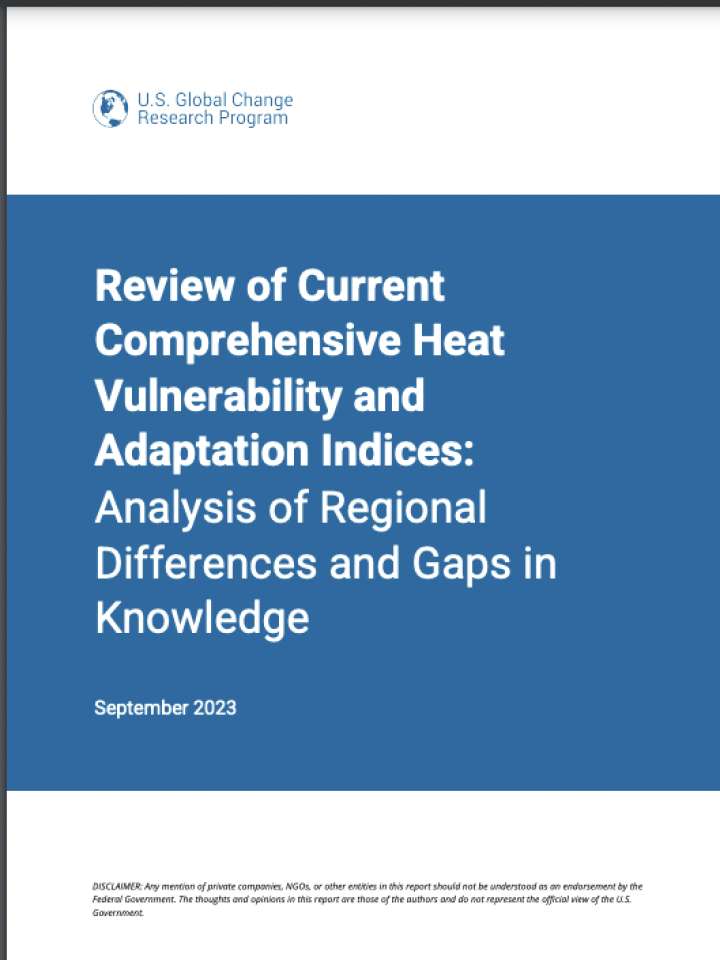Review of current comprehensive heat vulnerability and adaptation indices: USA regional differences and gaps in knowledge
This new report highlights currently available state-level heat vulnerability indices, which can help communicate which communities are at increased risks of negative effects of heat on health, as well as current gaps in data and knowledge. The report outlines key components of a comprehensive system for assessing heat vulnerability throughout the United States.
The report states that there are few examples of state-level HVIs around the country. Current state HVIs vary in terms of composition, indicator selection, methodology, and accompanying interactive tool availability. The report shows 24 crucial components of an effective HVI, as described above, include identification of populationspecific vulnerability indicators, identification of population-specific environmental modifiers, targeted tracking of heat-sensitive health conditions, and updated data to ensure continued relevance for at-risk populations over time. Future integrated indicator systems would benefit from interagency collaborations to create national datasets incorporating specific populations’ vulnerabilities and adaptive capacities. This will ensure greater understanding of extreme heat’s potential impacts on particularly at-risk communities.
Explore further
